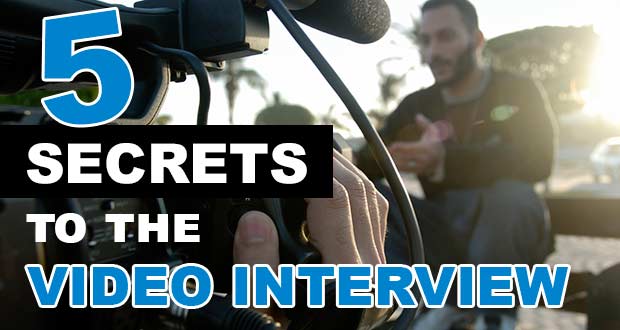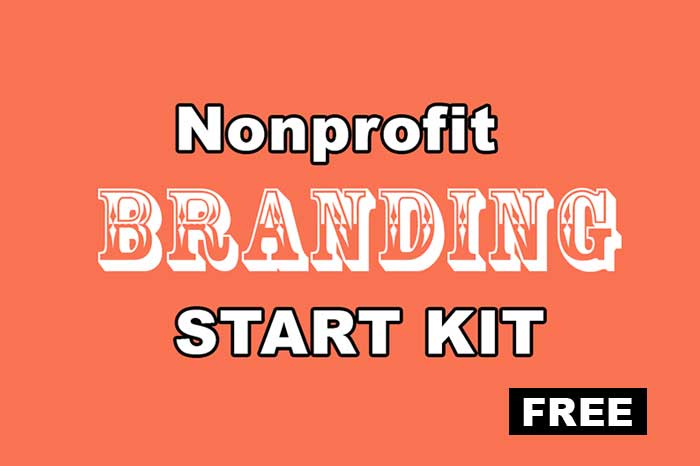Interviewing volunteers and people who have received your services is a great way to tell the story of your organization. But it is not always easy interviewing people who may not be used to the cameras. Let’s be honest for a moment, not everyone has eloquent speech or the ‘celebrity’ look. What they do have is the heart for your organization. So, here’s the question. What happens when you don’t have the “practiced” person to interview? With the following steps, you should be able to get the best interview conversation from any person you interview.
1) Have a phone interview, before you do the filming
This helps break the ice between you and your interviewee. He or she will become used to your voice and this will feed into your confidence in directing your interviewee, because you would be preparing him/her for the camera. You will also be able to get more out of the phone conversation, because as they speak from their comfortable place, they may say something that can help add to the appeal of the story. For example, I found out about one interviewee’s interest in playing the guitar, as I had her on the phone. I asked her if she would be willing to play the guitar to use as b-roll footage for her interview. She was delighted to do it!
Having a phone interview also helps with creating a structure for your story. That way, you can navigate throughout the interview, by asking precisely for what you want, and not rabbit trail so much during the shoot.
2) Control the environment by selecting a place to film without much interference.
Find a location that works best for you and your interviewees. Set up the interview in places that would not require much of their attention, from their family or staff members. Choosing the correct location can help remove any tension. The camera easily picks up on stressful emotions. Most of our interviews take place in either their homes or the place they received their services. Keep in mind, that as long as these locations are helping with the branding of your orgnization, it will do no harm.
Here’s what I’m referring to. Do not film your interviewee, who used to be a former inmate transitioning into society or a rescued girl from human trafficking in a dark alley. If your mission is to be a place of refuge to them, they shouldn’t be filmed in darkness, because subconsciensely your viewers are associating that dark alley with your organization. “Are they still stuck in that darkness?”, they ask. The answer is “NO” and you should be showing warmth and light colors that reflect the support you offered to them.
3) Make them feel confident about their look throughout the shoot
Kindly, ask them what is their best side to take pictures. Yes, this may sound weird, but you do not want to make them feel subconscious about their look after the shoot at your gala. The more they see that you are on their side, the more cooperative they will become for you and your team. They will be prone to speak from their hearts, rather than be told what to say. The more confidence they have, the more believable your story becomes for your viewers. This is not to get you to panic in case things don’t work as you were anticipating. But, the more you put these steps to practice, the better stories you will have for your organization.
4) Encourage them
Need I say more? Let them be aware of how good they are doing, despite of the small details. They are taking time away from their busy lives to pay you their undivided attention. In other words, encourage them because you are grateful for their time.
Encouragement also means explaining the bigger vision to get them. In the end, the interview is not about them, and it is not about your organization, either. It is way bigger. It is about the purpose, perhaps rescuing more people from broken situations, saving one more child’s life from hunger, or changing an entire community for the best.
5) Ask the heartfelt questions
Questions, like “How did it feel?”, are always good to ask. Get them to explain the transformation that took place from before their experience with your organization to what happened after they walked through your door. My suggestion here: Include scripted intro and outro sound bites from your interviewee. I’m not really suggesting you script all of their testimony. But, keep some bulleted points in your notes from STEP #1 to stay on track of the story. When you have a beginning and ending, the middle should be easy to steer. By asking them questions you already know the answers to, you are getting what you want to include in their story.
Emotion is everything in film. Take the opportunity to ask questions that will inspire them to give you the basic emotions they went through, before, during, and after your program, like:
- How did you feel before?
- What did you feel when you found out that we were here for you?
- How are you coping with life after our program?”
Here are some other great questions to ask:
- What inspired you to…?
- What do you feel when you see your__________ on ______? (fill in the blank)
- What does (Volunteer’s Name Here) mean to you?
- Do you feel empowered now?
- What was your biggest fear before this program?
- Did we help you overcome that fear?
- Have them fill in the blanks, for instance: Rescuing animals brings _________ to my life, because________________.
I really hope this article has helped you get a better perspective in telling your story.
Now, I want to hear from you. Have you done any interviews? How did they go? Do you have any tips for me and our readers that can help improve the power of storytelling? Tell us about it on the comments below. 🙂
Please, share this post with your non-profit friends, who could use these tools to better their stories in your email newsletter.















